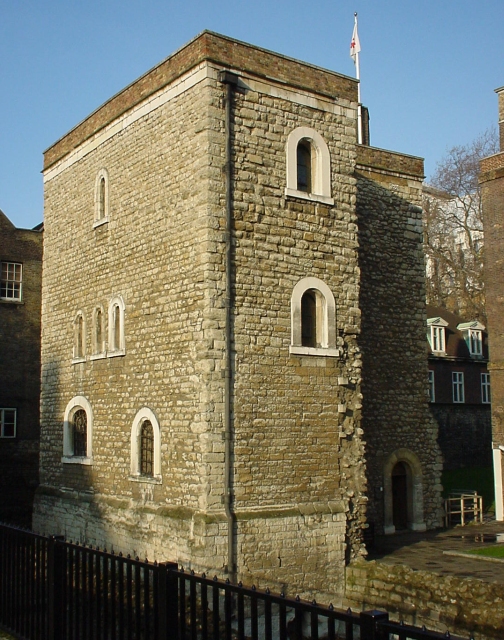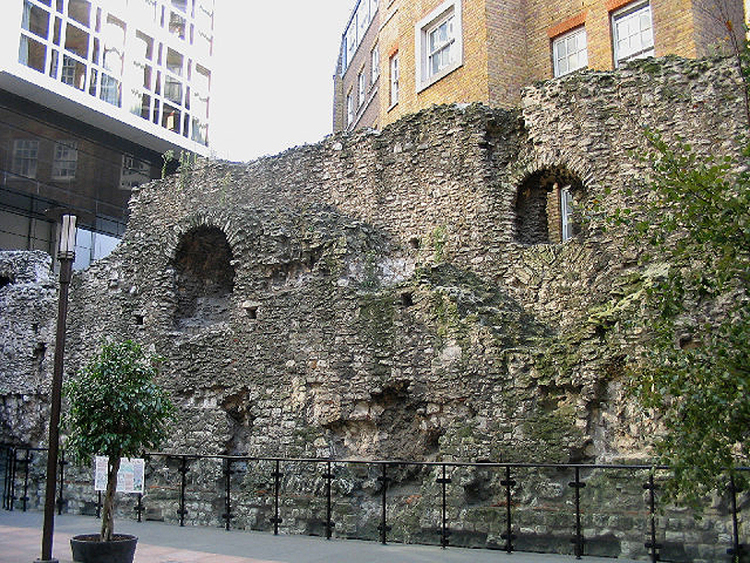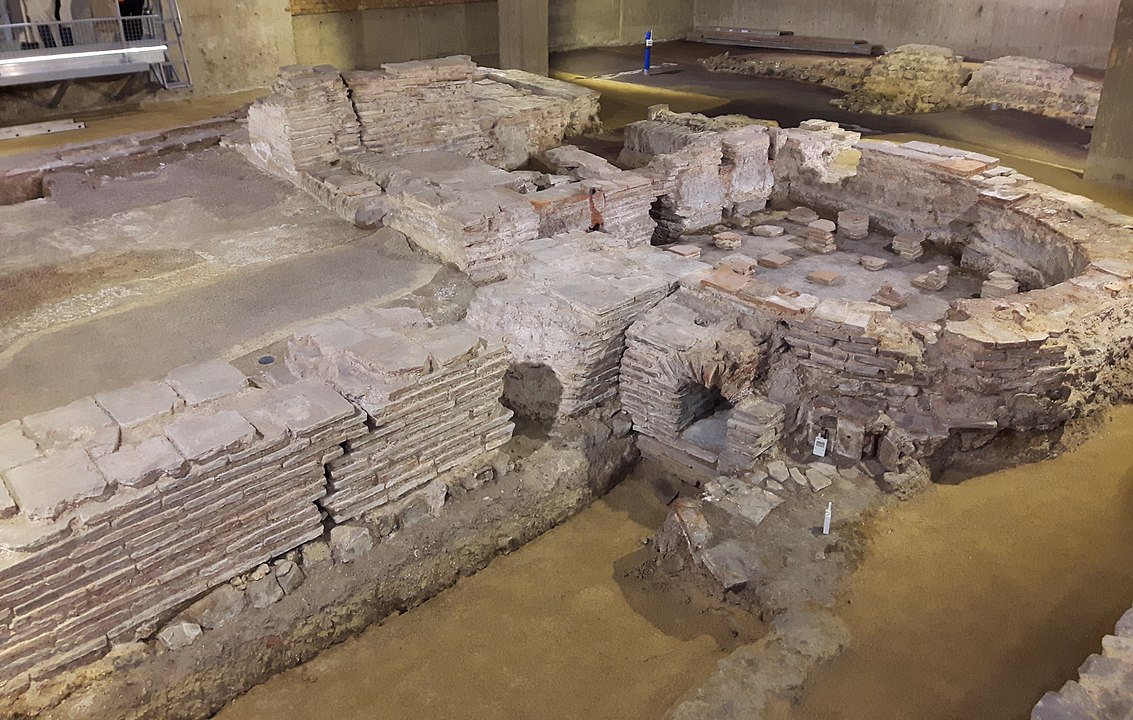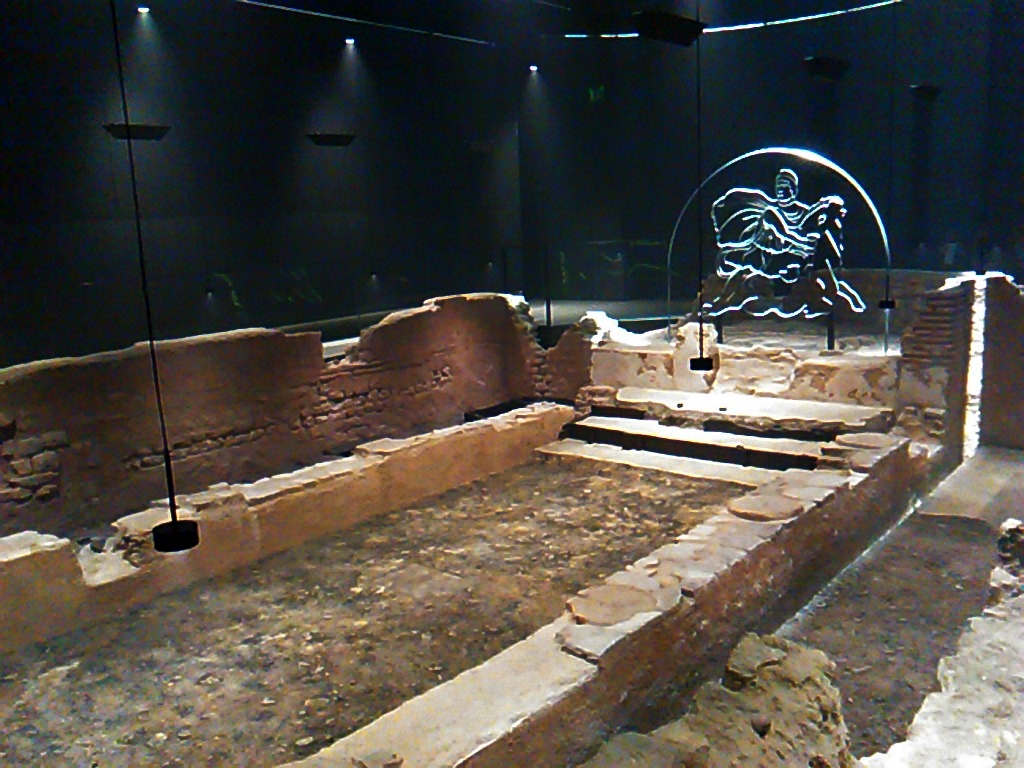Loughton Camp – The Iron Hill Fort
If you love history and outdoor adventures and are looking for a place to escape London’s urban chaos, Loughton Camp is an excellent choice for a weekend family trip. Multiple bus routes can take you there from various spots in London, and the walk up the hill is worth it. But why Loughton Camp? We will tease you with two names – Julius Caesar and Boudica. If you want to know more, read on!
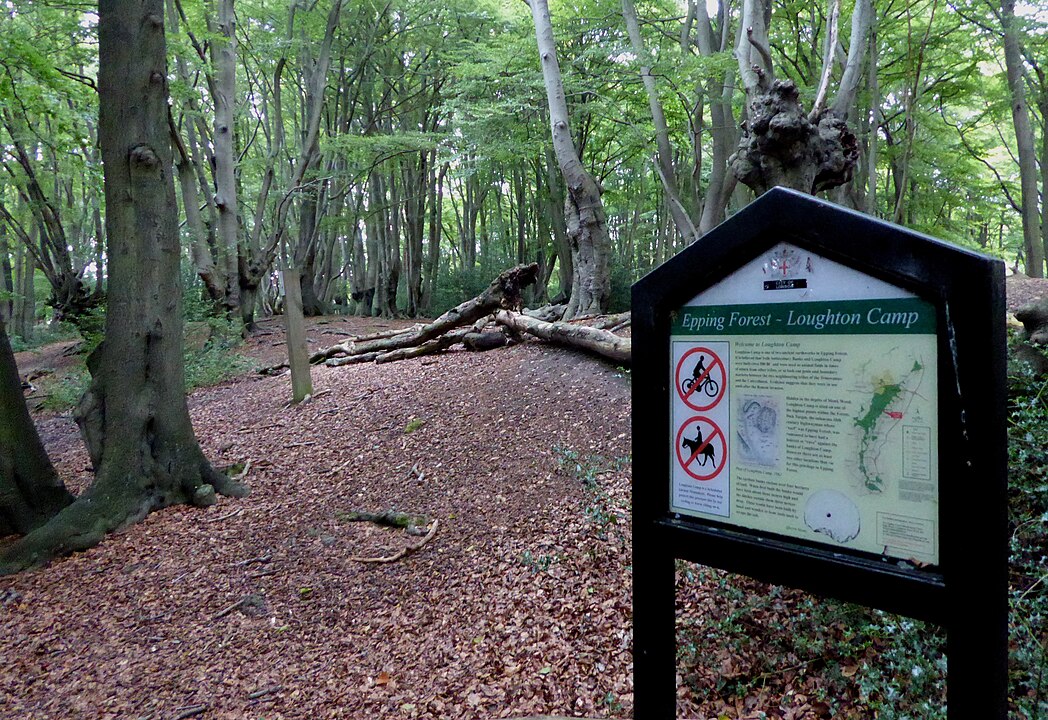
Loughton Camp: Location and Topology
Loughton Camp is situated within the ancient woodland of Epping Forest in Essex, just to the northeast of London. This part of the forest is characterised by a striking mixture of tall, old trees and dense undergrowth, offering an almost mystical atmosphere to the visitor. The hill fort is perched on a high plateau, roughly 90 metres above sea level, giving it a commanding view of the surrounding landscape. This elevation, one of the highest points in the forest, makes it an ideal natural fortification.
The camp is relatively large, encompassing approximately 4 hectares (about 10 acres), and is ringed by a series of shallow banks and ditches that would have been much deeper and steeper in its prime. These defences form an oval shape, with the interior likely having been used for settlement, livestock, and storage. Walking along the site today, one can still discern these earthworks despite the natural erosion and overgrowth that have softened their edges over the centuries. The proximity of Loughton Brook, a small stream, would have provided an essential water source for the inhabitants.
Earliest History – The Trinovantes’ Settlement
Loughton Camp dates back to around 500 BC, during the late Bronze Age or early Iron Age. Archaeological finds, including pottery shards and iron tools, suggest that it was inhabited by the Trinovantes, one of the most powerful tribes in southeastern Britain at the time. The Trinovantes controlled much of modern-day Essex and parts of Suffolk and were known for their metalworking, farming, and trade skills.
The exact purpose of Loughton Camp remains a topic of debate among historians and archaeologists. Given the size of the fort and its robust earthwork defences, it is likely that it served as a communal living area for several hundred people. The site would have been a centre for the surrounding agricultural community, providing a secure place to retreat in times of conflict. Given its proximity to the navigable River Lea and its strategic position overlooking key routes through the forest, it may also have functioned as a trading hub.
Unlike some other hill forts of the period, which show signs of continuous occupation, Loughton Camp has been intermittently used. This could suggest that it was primarily a seasonal or emergency site, only inhabited when the local population felt threatened by rival tribes or external invaders.
A Natural Stronghold – The Strategic Position
The placement of Loughton Camp atop one of the highest points in Epping Forest was no accident. From its vantage point, the camp would have provided an exceptional lookout over the surrounding countryside, making it an ideal location for surveillance and defence. The forest itself would have acted as a natural barrier, making it difficult for large forces to navigate quickly, which added to the site’s defensibility.
In Iron Age Britain, hill forts were often built in such commanding locations for military reasons and as a symbol of tribal power. Loughton Camp’s elevated position would have allowed its inhabitants to monitor movement along ancient trackways that passed through the forest and the nearby valleys. Any approaching danger would be spotted well in advance, giving the residents time to prepare or retreat if necessary.
The earthwork fortifications would have further strengthened this natural defensive position. The steep slopes surrounding the camp would have made it difficult for attackers to storm the site, while the banks and ditches would have slowed down any assault. Loughton Camp was undoubtedly a formidable stronghold in its day, with its back protected by the dense forest and its front offering a clear view of any advancing enemy.
The Controversy – Caesar’s Third Camp or Boudica’s Last Stand?
Loughton Camp’s history is not without controversy. One theory, proposed by enthusiast historian Roger Nolan, suggests that Loughton Camp might have played a role in Julius Caesar’s second invasion of Britain in 54 BC. According to Nolan, Loughton Camp could have been Caesar’s third camp, used during his campaign as he pushed inland from the Kent coast. The idea is intriguing, though it remains speculative due to the lack of direct archaeological evidence linking the site to Roman occupation.
Caesar’s invasion, which was largely aimed at securing tribute from the British tribes and preventing them from aiding his Gallic enemies, involved several skirmishes and temporary camps as his forces marched through the southeast. The theory posits that Loughton Camp’s strategic location and proximity to the River Lea could have made it a suitable site for a temporary Roman encampment during the campaign. Yet, this remains a fascinating but unproven suggestion without concrete artefacts like Roman pottery, coins, or weapons.
Local legends also link the campsite to Boudica’s war against the Romans in 60-61 AD. The rebellion, led by the warrior queen of the Iceni tribe, was a major uprising against Roman rule. Boudica’s forces attacked Roman settlements across eastern England, including Londinium (modern-day London), before being defeated by Roman legions. With its advantageous position, some believe that Loughton Camp could have been used as a campsite or rallying point for Boudica’s forces as they moved through the region.
Again, this theory is pure speculation. No archaeological finds from the Roman period have been uncovered at the site, and Boudica’s movements during the rebellion are still largely unknown. While it’s tempting to imagine Loughton Camp playing a role in these dramatic events, these ideas remain unconvincing for now.
Loughton Camp Today – A Quiet Remnant of the Past
Today, Loughton Camp is a peaceful, often overlooked part of Epping Forest, far removed from its past’s potential conflict and intrigue. Visitors can walk among the ancient earthworks, marvelling at how nature has slowly reclaimed this once-defended position. The site is a popular spot for walkers and history enthusiasts, offering a glimpse into the region’s ancient past while providing a quiet retreat from the modern world.
Epping Forest is a place of great natural beauty, home to diverse flora and fauna. The surrounding woodland remains much as it would have appeared to the ancient inhabitants of Loughton Camp, with towering oaks and hornbeams providing a canopy that has stood for centuries.
Though much about the site remains a mystery, Loughton Camp’s history as an Iron Age hill fort is undeniable. Whether it played a role in Caesar’s invasion or Boudica’s rebellion may never be known for certain. Still, its position and construction speak of a place valued for its natural strength and strategic significance.
In visiting Loughton Camp, one steps back into a world where the hills and forests were picturesque landscapes and vital fortifications, where ancient tribes stood in the shadow of the encroaching Roman Empire. The mysteries of Loughton Camp continue to inspire curiosity and wonder, a reminder that even the quietest corners of our history have stories to tell.

